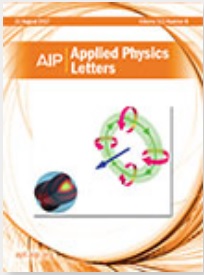In cerium oxide nanoparticles, the facets exposed control their reactivity and catalytic behavior and hence their performance in applications such as three-way catalysis, gas sensors, or solid fuel cells. Thus, the precise characterization of the cerium oxide facets exposed is crucial. In the present work, the geometry of branched cerium oxide nanoparticles, obtained by means of ligand-controlled overgrowth, is determined through the comparison between High Resolution Transmission Electron Microscopy (HRTEM) experimental and simulated images. Two possible 3D structures, corresponding to octapod and tetrapod geometries, were suggested from a preliminary examination of the experimental HRTEM images. A comparative analysis of the gray scale intensity profiles of the simulated and experimental HRTEM images was then performed. This method proved capable of discriminating between the two proposed geometries, showing CeO2 nanoparticles to have an octapod geometry. The obtained results were further confirmed by comparing High Angular Dark Field experimental and simulated images of the nanoparticles. This method can be suitable whenever 3D-Tomographic reconstruction is not feasible in the TEM, for instance, in the case of highly beam sensitive materials.

